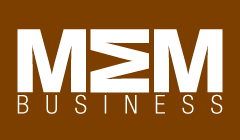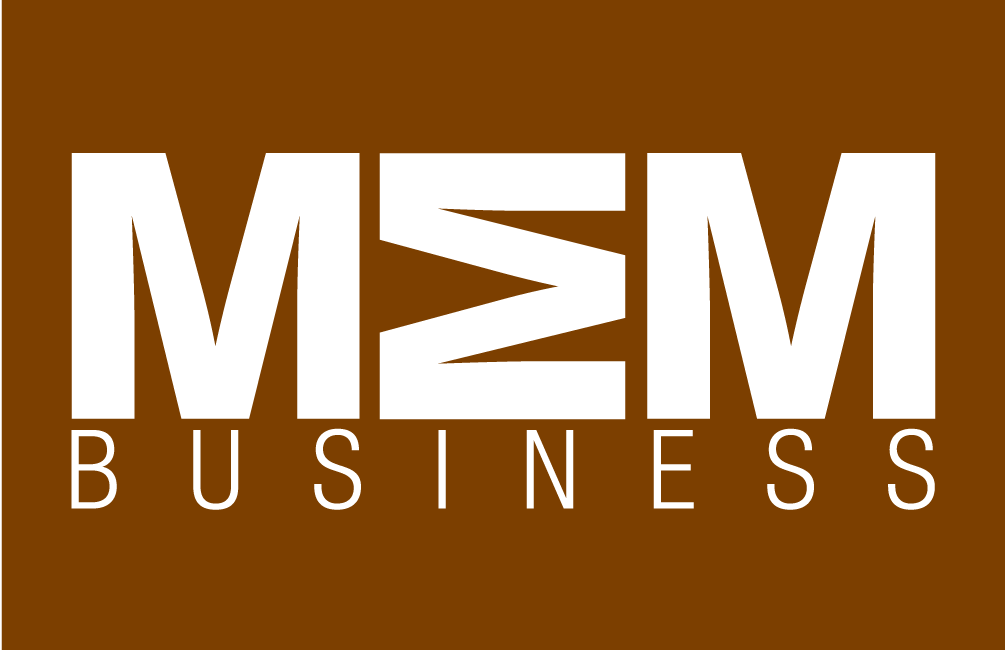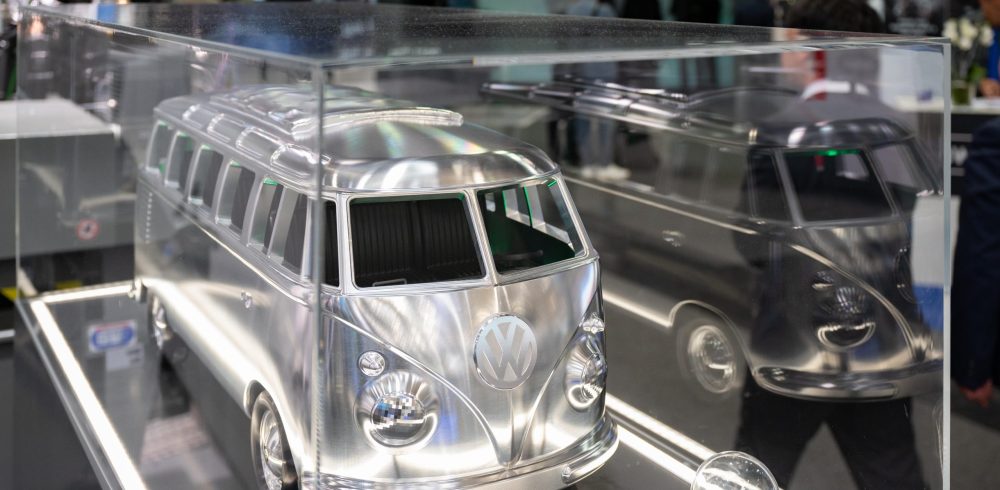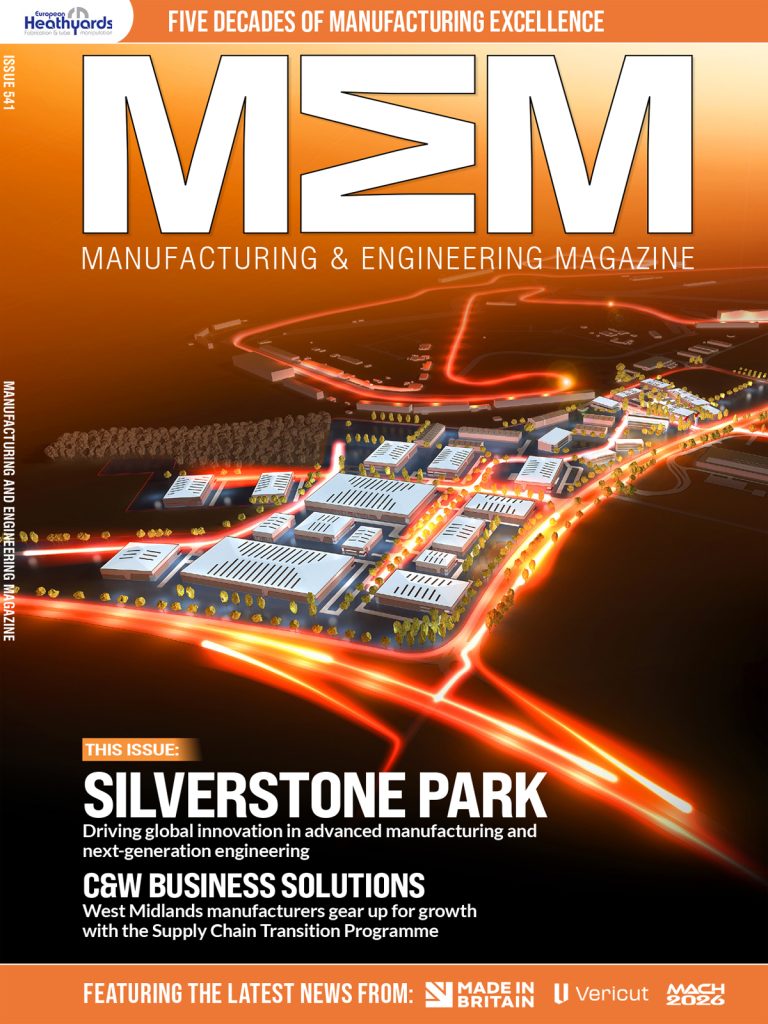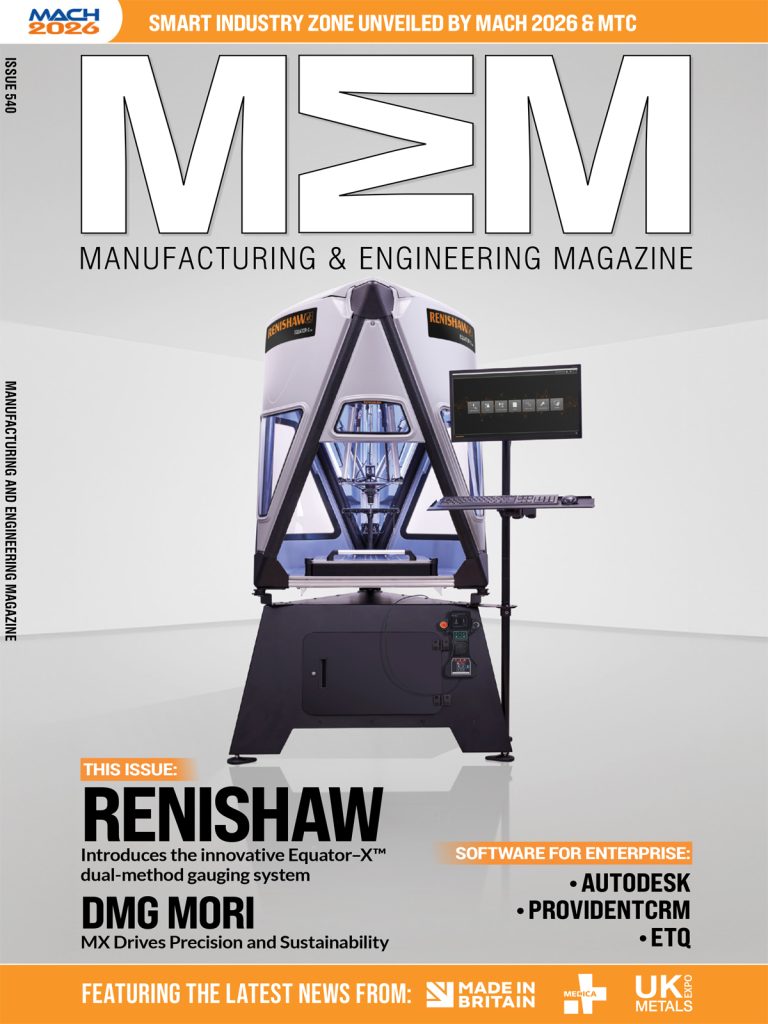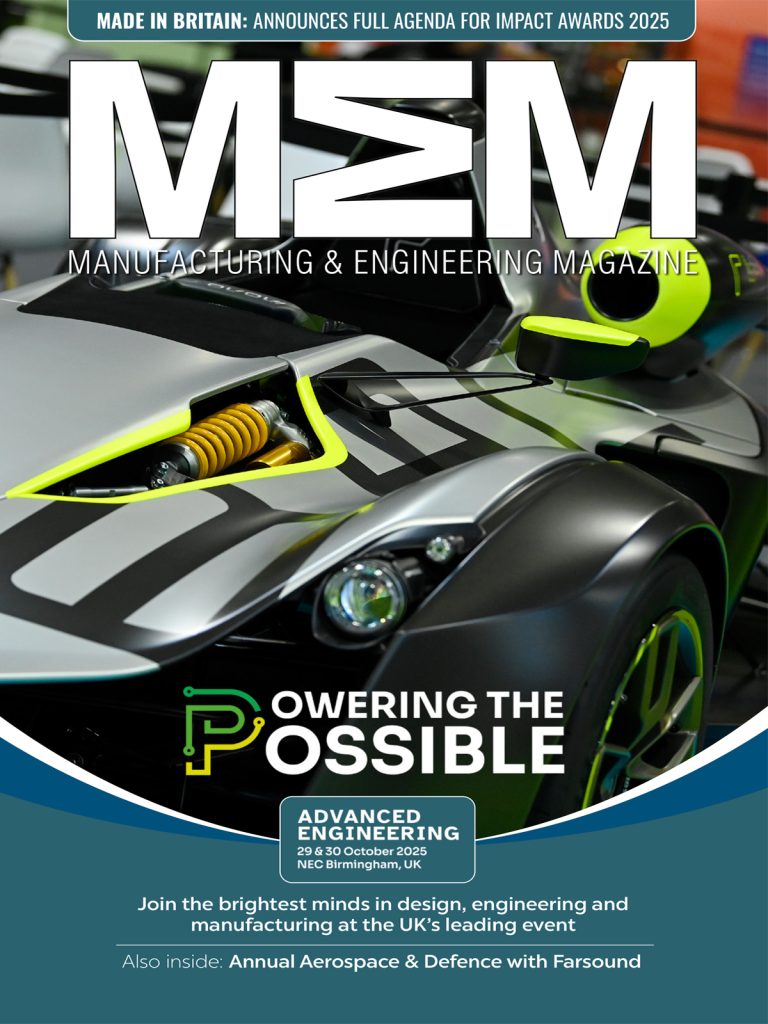For 50 years, the pursuit of the most efficient machines, tools, and systems has drawn trade visitors and industry experts from vehicle manufacturers and suppliers to EMO Hannover, the world’s leading trade fair for production technology. The transformation of the automotive industry—machine tools’ second-largest customer—is shifting the focus of EMO. Themes like automation, digitalization, and artificial intelligence are shaping its direction. New drivetrain concepts are raising questions: Should production efforts focus on mechanical components for electric vehicles or compressor and motor shafts for fuel cells? Circular economy solutions and battery recycling are gaining prominence due to major regulatory changes. The overarching challenge is to achieve maximum efficiency and flexibility to respond quickly to customer demands.
Efficient Automotive Factories for Greater Competitiveness
“Modern machine tools and innovative production systems are essential for building efficient, flexible, and resilient factories,” emphasizes Dr. Markus Heering, Managing Director of EMO organiser VDW (German Machine Tool Builders’ Association). The trade fair’s concept is being showcased globally as part of the EMO World Tour. Under the slogan “Innovate Manufacturing”, EMO stands for innovation, international collaboration, inspiration, and the future of metalworking. Dr. Heering also underscores the fair’s deep industry expertise: “The machine tool industry maintains close ties with vehicle manufacturers,” he notes.
With intense global competition—particularly from Chinese automakers—focus is on design, features, quality, and cost. To remain competitive, modernizing factories is essential for both OEMs and medium-sized suppliers. The modern factory is characterized by fully automated processes, well-integrated interfaces, and comprehensive digital solutions. Machine tool manufacturers now equip their systems with advanced sensors and monitoring tools from the start. These technologies enable data collection and analysis, making it easier for customers to adopt data-driven production methods that visualize and optimize processes.
Digitalization is not an end in itself, says Dr. Milan Nedeljković, BMW AG Board Member responsible for production, in a recent interview. Rather, it’s a crucial enabler. The trend is toward integrated machine systems that can economically, efficiently, and reliably produce both small and large volumes—especially for electric vehicle powertrain components. The diversity of features and variants that automakers use to attract buyers also demands highly flexible production solutions.
Modular Automation
EMO Hannover 2025 reflects these trends with a wide array of automation solutions that can be added progressively, even to existing systems. These range from basic solutions like pallet changers and handling systems to robots and autonomous production lines. Secondary processes—such as cleaning, labeling, and measuring—can also be integrated. At the Cobot Area, the spotlight will be on collaborative robots and their potential applications.
To support and ease the workload of machine operators, assistance systems incorporating artificial intelligence will also be showcased. AI can enable predictive maintenance and adaptive process management. At the AI + Digitalization Area, automotive industry visitors can explore real-world examples and best practices.
Sustainability Throughout the Supply Chain
The automotive industry is actively exploring how to reduce energy and material use in manufacturing. This was also evident at the VDA Mobility Innovation Summit in Berlin. According to the VDW, investing in new machinery can already reduce energy use by up to 25%. But other strategies can also improve efficiency and lower carbon emissions. At the Sustainability Area at EMO 2025, attendees can explore solutions for sustainable production. Material efficiency plays a key role—using new simulation tools and innovative production techniques, components can be designed for greater durability and resilience.
Vehicle recyclability is another focus area—new components must be designed with recycling in mind. According to the VDA, about 85% of a vehicle is currently recyclable, and around one-third of a new vehicle consists of secondary (recycled) materials. Increasing these figures requires a well-functioning circular economy where all stakeholders work closely and share data. This includes the supply chains for thousands of parts in every vehicle. In the case of e-mobility, it’s particularly important to reuse batteries and recover valuable materials like lithium, nickel, and cobalt for new battery production. These examples underscore the importance of close cooperation between development, production, and assembly. EMO Hannover 2025 is the ideal platform for interdisciplinary and cross-company collaboration.
To learn what EMO exhibitors are offering to the automotive and supplier industries, visit the dedicated landing page leading up to the show:
👉 https://visitors.emo-hannover.de/en/landingpage/automotive/index
Here, exhibitors will regularly post updates on what automotive visitors can expect at their stands, right up to the fair’s conclusion from September 22–26, 2025.
Author: Cornelia Gewiehs
Manufacturing & Engineering Magazine | The Home of Manufacturing Industry News
